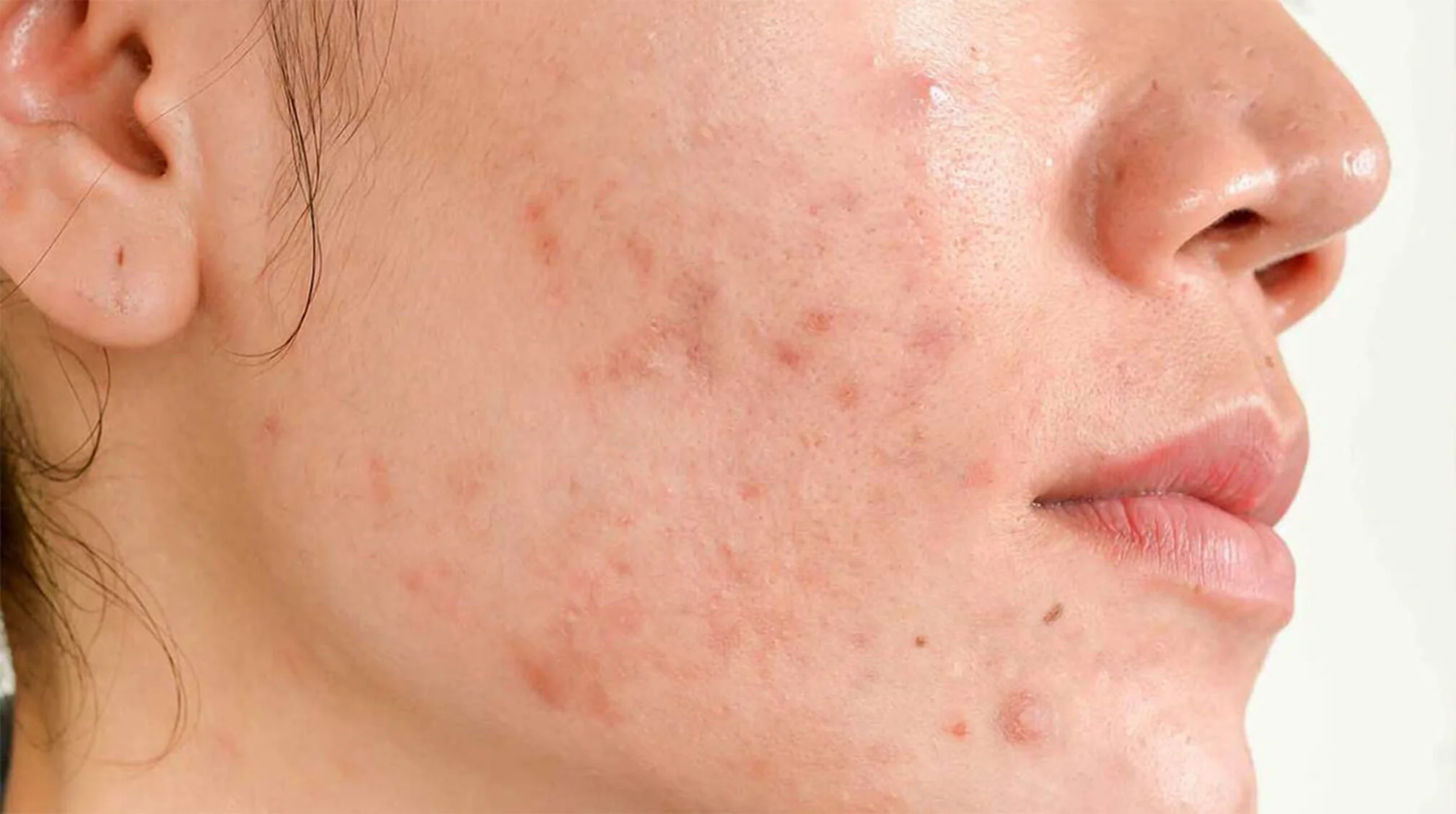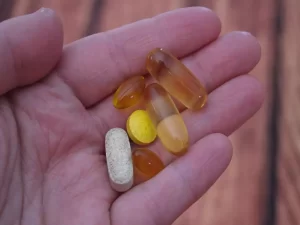
Understanding the Different Types of Acne and How to Treat Them
Acne is a skin condition that affects almost everyone, mainly during the teen years. But it can also strike at other times in life, leaving people with blemishes that are unsightly and unpleasant to touch.
While blanket terms like breakouts and blemishes are used to describe all acne, there are actually several different types of pimples. Some, such as blackheads and whiteheads, are open, while others are closed and clogged with excess oil and dead skin cells.
Papules
Acne papules are small, red, raised bumps that appear on the skin without a white tip. They are usually less than a centimeter in size and are formed when the walls of your pores break down due to severe inflammation. These clogged pores cause the accumulation of excess oil and bacteria which then form an acne lesion, also known as a pimple.
Papules may be itchy and tender to the touch. They typically occur on the face (especially the nose, chin and forehead), neck, chest and shoulders. Papules are the most common type of acne and affect nearly everyone at some point in their life.
To treat papules, you should wash your skin with a gentle cleanser twice a day and use a facial moisturizer that is noncomedogenic, meaning it will not clog pores. Never pick or squeeze papules as this can worsen the condition and cause scarring. If a papule becomes red and swells up, it may be turning into a pustule.
Pustules
Pustules are inflamed lesions that contain pus – a mixture of dead skin cells and bacteria. They are usually red at the base. They are part of the inflammatory type of acne. They can be painful. Never try to pop or squeeze them, as this can lead to more infections. It is best to see a dermatologist who will drain them using a special instrument in a sterile environment. Several OTC topical drugs and home treatments can help reduce pustules by drying them, clearing pores of excess oil, and killing bacteria.
Papules form when pores get clogged with oil and dead skin cells. These clogged pores then become infected with bacteria called Cutibacterium acnes, which causes white blood cells to respond by producing inflammation and swelling. This leads to red and swollen skin blemishes that can be tender when touched. They are a sign of mild to moderate acne. Unlike blackheads, milia and comedones, papules do not have a pus-filled center.
Nodules
Nodules are hard, swollen bumps that look and feel similar to cysts but differ in that they are solid rather than filled with fluid. Like other inflammatory breakouts, they begin when pores become clogged with sebum and dead skin cells. This can trap Cutibacterium acnes bacteria inside and trigger an inflammatory response.
Nodular acne is usually found on the face, jawline, neck and chest. It’s one of the most severe forms of acne and can cause scarring, especially if it isn’t treated quickly.
Like other acne types, it’s important to clean your skin, avoid picking or squeezing, and use a retinoid to help keep pores clear and prevent excess oil production. Your doctor may also prescribe an oral medication or a cortisone injection to speed healing. If you experience nodules, never attempt to pop them yourself — this can worsen inflammation and lead to permanent scarring.
Cysts
Acne cysts, which develop when clogged follicles become infected and swell beneath the skin’s surface, look like large, painful pus-filled bumps. These lesions can appear anywhere on the body, but are most common in the face and shoulders.
This is the most severe form of acne and may leave scars. Cysts develop when bacterial toxins, excess oil and dead skin cells clog the pores, causing them to inflame. They typically do not form a head, and they don’t respond to the same types of over-the-counter topical treatments that would normally help other pimples.
There are a variety of treatment options for this type of acne, including oral medications (such as antibiotics) and prescription-strength topical creams, gels and solutions that kill bacteria, decrease inflammation and slough dead skin cells. In some cases, doctors may also drain or remove cysts. Other treatments for cystic acne include corticosteroid injections, which can help shrink the size of a cyst quickly and decrease pain.



